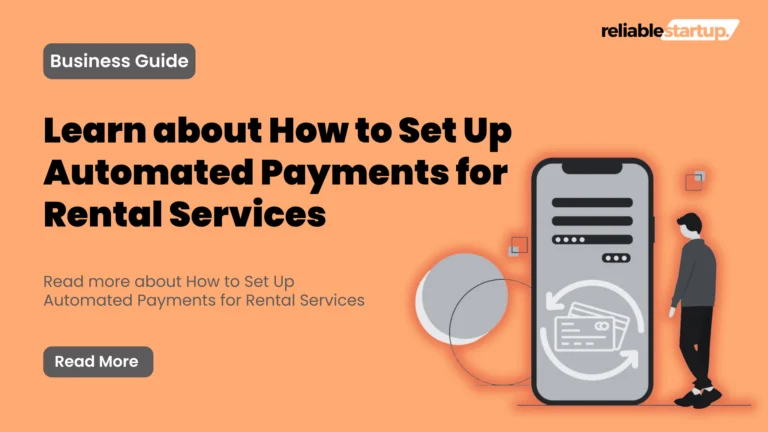Rental Pricing Strategies – Everything You Need to Know

If you want to run your business smoothly, try to set the rental prices nicely. When you price your products too low this causes an increase in purchasers number but you don’t get profit out of it.
What do you need in this situation?
Of course, you need rental pricing strategies that can help you grow your business without loss. You should do research in the market to know the revolving prices so that when you set your prices of products, they should be considered affordable and well enough.
But finding the right pricing strategies can be challenging. That is why in this article, you will learn about how to know affordable prices, and how to set them to get profits for your business.
Let’s dive to explore the exciting strategies.
Understanding the Rent Market
The rental market plays an important role in the housing sector, which provides accommodation to two types of people: those who are willing to purchase the property and the second who cannot afford it. It can be effective in many aspects like supply and demand, economic conditions, location, and government regulations.
However, high demand and limited supply can cause an increase in rental prices, while economic downfall can boost rental demand as fewer people can afford homeownership.
Additionally, government policies such as rent control laws and tax incentives affect the market by regulating prices and increasing investments in rental properties. As economic conditions change, interest rates and inflation also play an important role in shaping rental affordability.
How to Determine the Rental Price From the Start
Determining a rental price has a significant role in growing your business. It’s not just putting that number on the bill or board. Instead, you need to follow the trends and conditions of the market and rental market in that area.
However, you can use the following methods to determine the best rental prices from scratch:
Also read: Technological trends in the rental industry.
Market Research
You can select the rental prices by analyzing the average rents in your area. When you set the right price you can maximize your client rates. For this purpose, you need market research, property value, location, and comparative analysis as well.
Property Valuation
Property valuation is an important thing to consider that includes the property size, condition, area, and amenities. This valuation can be done by a professional valuator of the property because he possesses the experience and tools used in the valuation of a property.
Rental Yield Calculation
You have to do rental yield calculations by calculating the income compared to the property value. In this way, you can have an idea about whether this decision is powerful for you or not. You can do this calculation by dividing the yearly income by the property value and then multiplying it by 100.
Comparable Property Analysis
You can determine the rental price by comparing it to the other properties at the same location. By doing this, you can determine the right price that will not harm your reputation in the market.
Important Rental Pricing Strategies
If you want to be successful in your business, you have to set rental prices that are affordable and meet the audience’s demand. You can use some strategies to set the rental prices:
Cost-plus Margin Approach
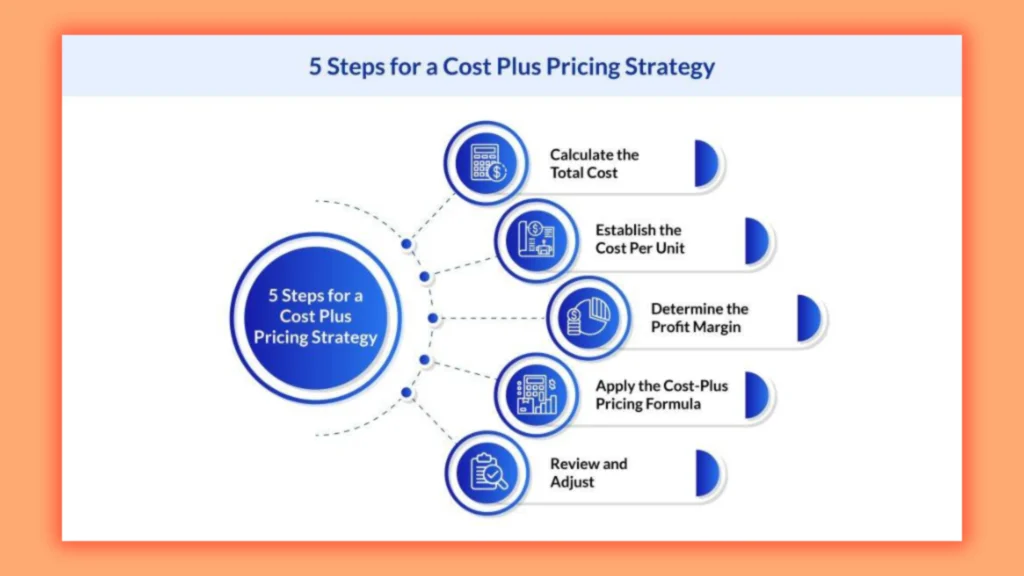
In this approach, you need to calculate the total costs associated with a rental property which include maintenance, utilities, and property management. Then add a predetermined profit margin, in this way, landlords can ensure the coverage of their expenses while achieving desired profitability.
Example: During high-demand seasons, landlords might consider adjusting the margin to maximize revenue without alienating potential tenants.
Once you understand local rental trends and competitor pricing, you can strategically position your properties to attract more tenants while still adhering to the cost-plus framework.
Competitive Pricing
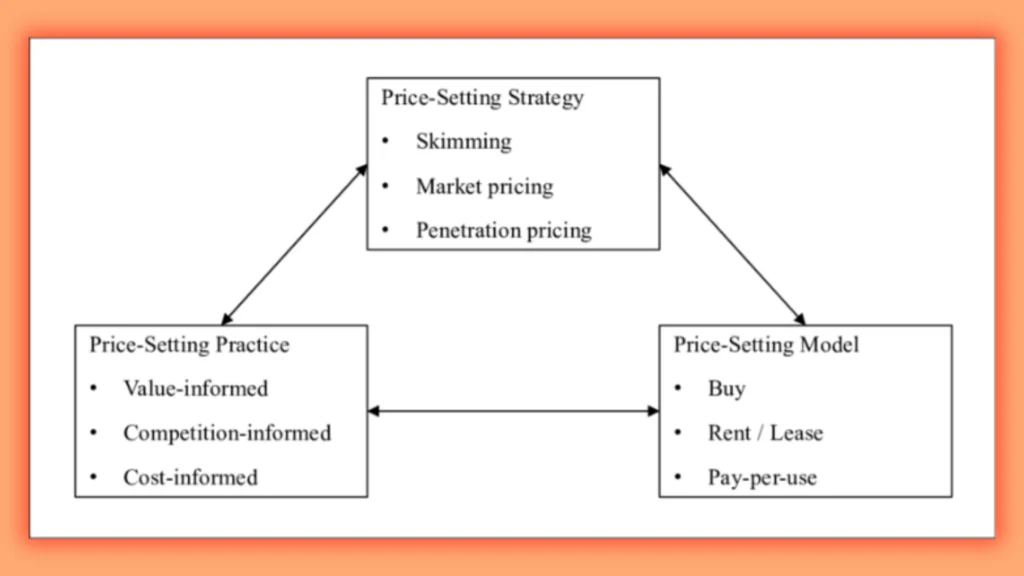
Competitive pricing includes the pricing that is evolving in the market, based on the trends that are followed by competitors. At this point, you need to know about accessing competitor’s pricing and positioning your rental business.
When you analyze the competitor’s pricing, you have to collect all details about it like rental rates, fees, and promotions. You should have to set the pricing that can compete with your competitor, should give some comfort to the audience but also should generate benefits for your business.
Flexible Pricing (per day or hour)
This strategy can be effective, but it is totally based on the duration. Flexible pricing offers different charges at different times. This can be proven best for short-term rentals.
You can have some benefits such as encouraging longer rentals and promoting short-term rental businesses. When it’s about long-term rental you can offer low rates so that you can build trust among people while short-term rentals include vacations and tours.
Read more about Effective Marketing Tips For Short-Term Rentals in 2025.
Fixed Pricing
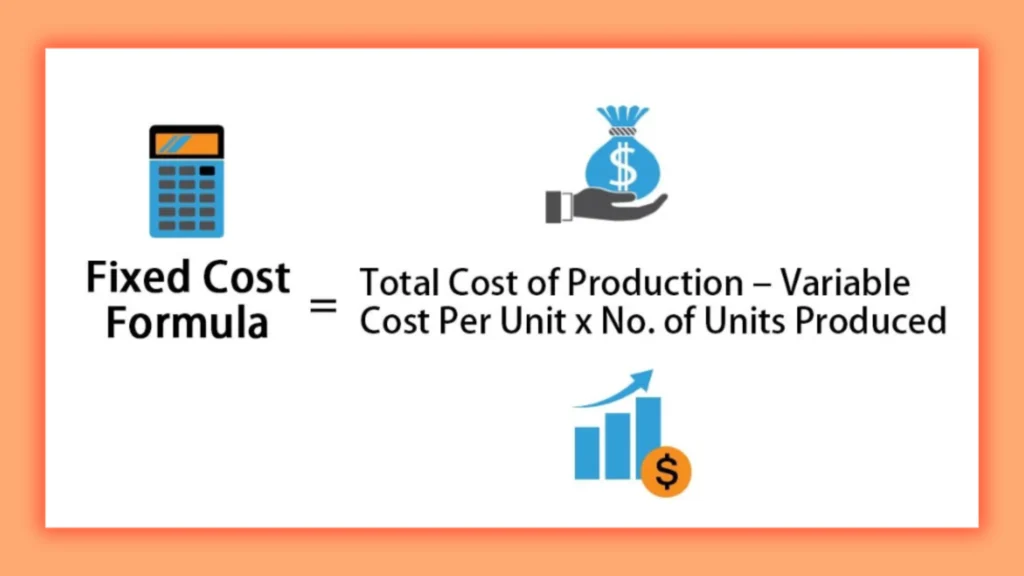
Fixed pricing can be a powerful component of rental pricing strategies. It offers both simplicity and predictability for landlords and tenants. By developing a set price for a rental property, landlords can streamline their operations, reducing the time spent on negotiations and potential disputes over fluctuating rates.
This approach can specifically work in stable markets where demand is consistent, allowing landlords to attract tenants who appreciate the transparency that fixed pricing provides.
Factors Affecting Rental Pricing
Your company’s business model, customer expectations, market conditions, and operational capacity all impact the rental pricing plan that will be most effective for your company. Some factors can affect your rental pricing and eventually your business growth. These factors are:
Customer Expectations
- When you meet the expectations of your clients, you make money as a business.
- Essentially, the rental price you decide on will be determined by your consumers.
- Your pricing will meet the needs of your clients and increase your profit margins if they are prepared to pay more for a more customized and high-quality rental experience.
- You will need to set your rental prices with marginal returns if your clients are only interested in reasonably priced properties. However, you can receive more business in exchange.
Market Conditions
- Change is the only constant in any market. Always plan your prices which can work with changes in the market.
- The behavior of your clients will be greatly influenced by market factors including demand, and economic volatility. Be ready.
- When demand for your rentals is high during peak seasons, you might charge a premium or extra fees. In a similar vein, reduce your profit margins to increase sales, draw clients, and maintain your competitiveness when business is slow.
Read more about How to Manage Property Rentals Efficiently.
Operational Costs
- You won’t be able to operate your business at all if your rental prices are too low to pay your charges and expenses, such as storage, maintenance, and servicing.
- Establish a price plan for renting equipment that allows for profit margins while covering maintenance costs and rental inventory management.
- Lowering prices too much will harm your company’s operations, make it more difficult to turn a profit, and diminish customer satisfaction.
Bundling and Discounts
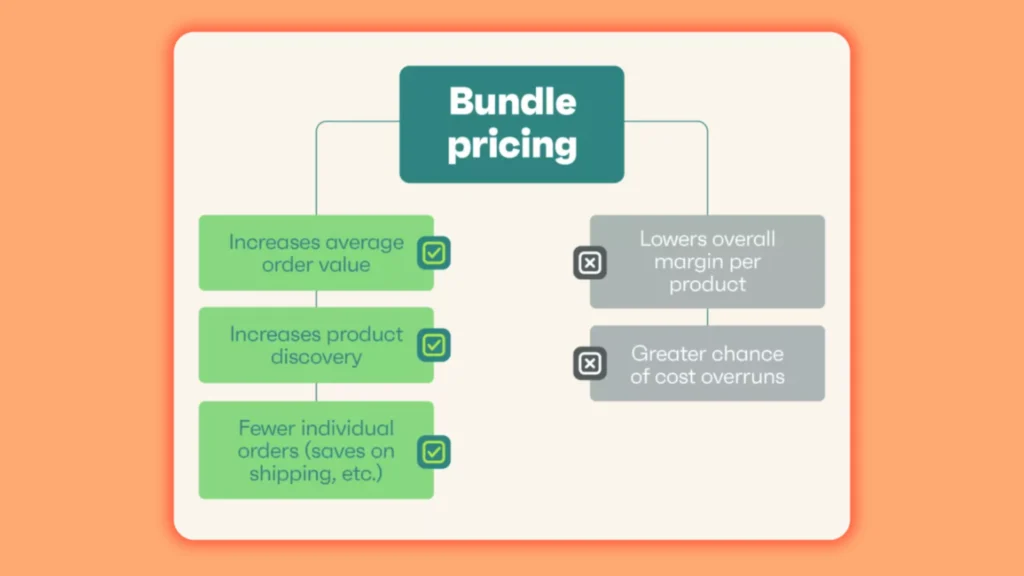
- You should offer bundling and discounts to get clients.
- This encourages clients to pick your rentals over those of your rivals.
- To establish appealing rental bundles that are frequently rented, understand your consumers’ demands and modify your bundle options in response to market trends and feedback.
Seasonal Pricing
- Adjust your rental costs to reflect the different demand during the peak and low seasons.
- Depending on the kind of strategy you are renting out and your industry, rent prices should be modified to reflect changes in demand.
- To increase revenue, lower your rental rates at off-peak times to attract clients and boost them during peak times.
Conclusion
When you understand trends, analyze competitor pricing, and consider tenant demographics, landlords can set prices that attract tenants while ensuring a sustainable return on investment.
Additionally, these rental pricing strategies can allow property owners to adjust rates in response to demand fluctuations that lead to better occupancy rates.
If you want to maximize your rental rates, ensure the use of these strategies. If you need any help, contact our team today!
FAQs
What are the three basic pricing strategies?
Three basic pricing strategies include:
- Fixed Pricing
- Competitive Pricing
- Flexible Pricing
How to calculate a rental rate?
The 1% Rule is the most straightforward method for figuring out how much rent to charge for a home. According to this basic recommendation, your monthly rent should be approximately 1% (or within 0.8-1.1%) of the entire market worth of your house.





